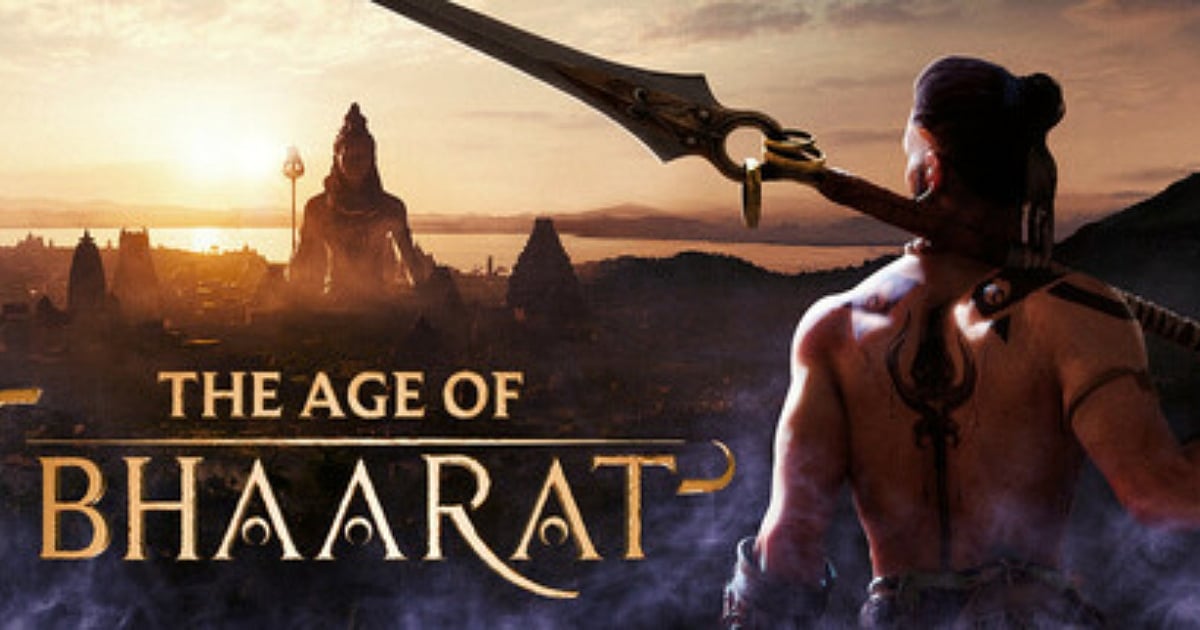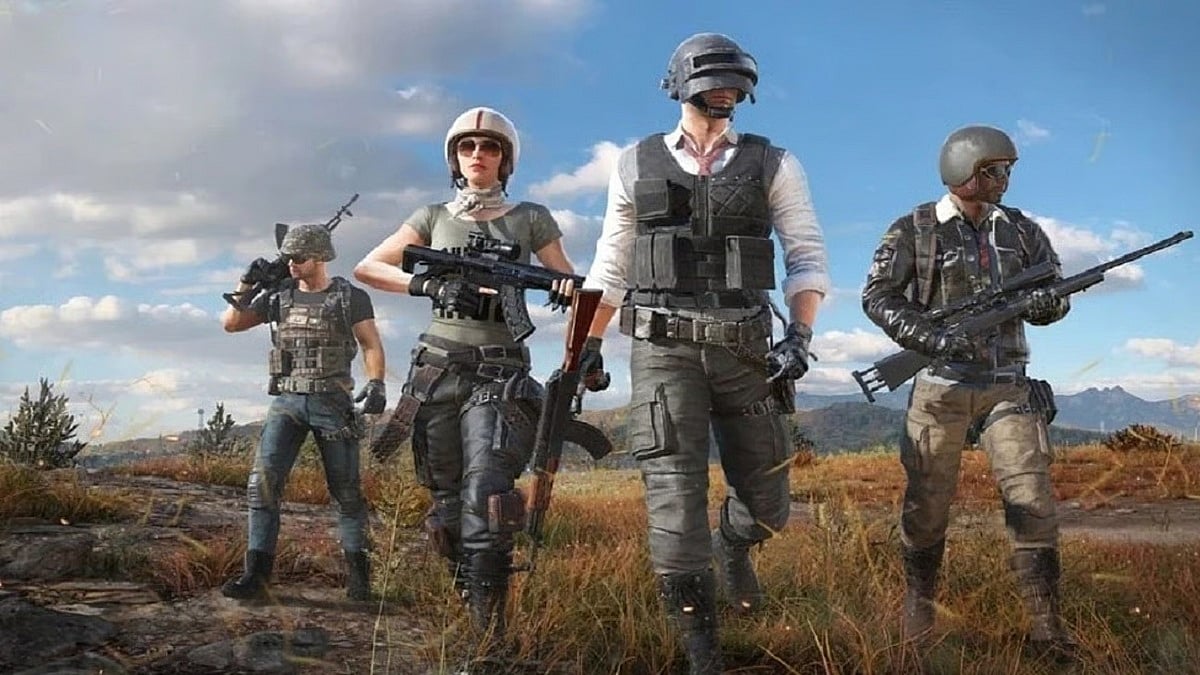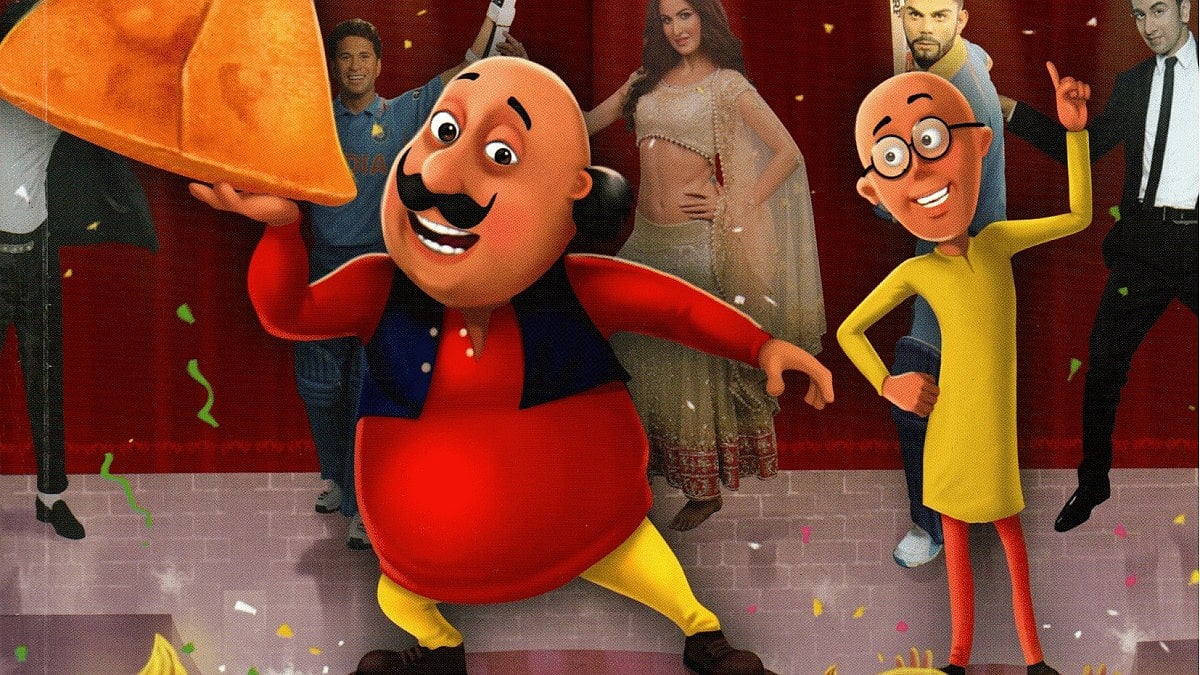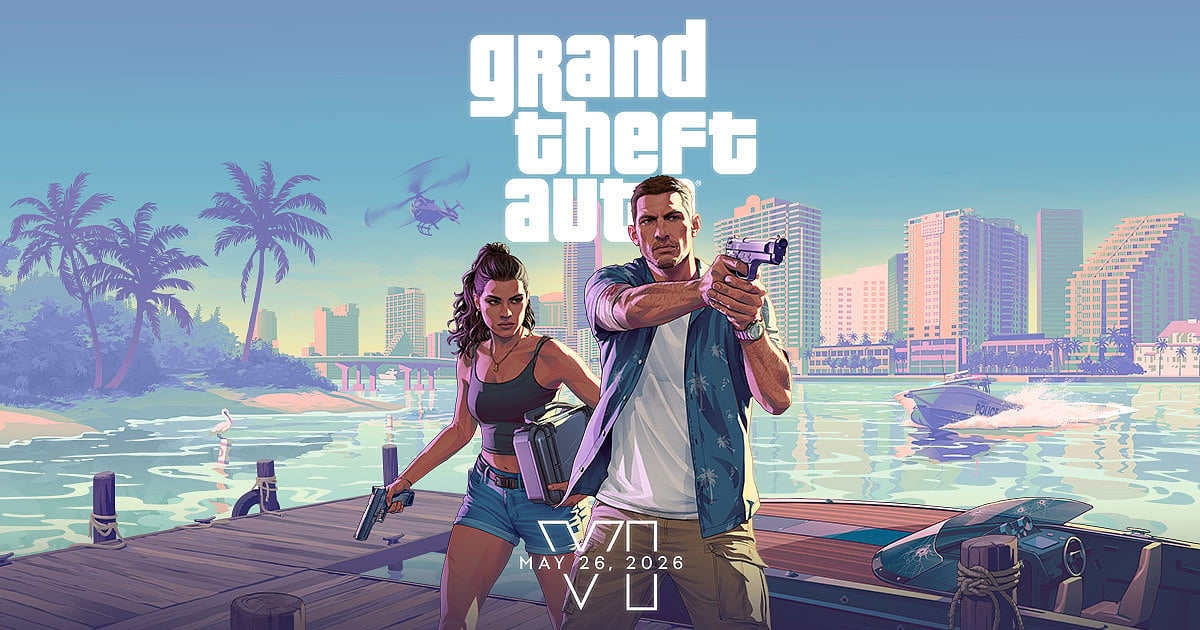
The Age of Bhaarat: Celebrity-backed Ramayana game faces a "hype vs. reality" battle.
Upcoming Indian Games: Make-or-Break 2026 for the Industry
A new wave of 'Made in India' developers is pivoting from mobile to bet big on AAA PC and console games. But is this 2026 slate a revolution or a buggy dream?
Highlights
- India's mobile-first game industry is pivoting to create high-end PC and console titles.
- A wave of ambitious 2026 games, like The Age of Bhaarat, is leveraging rich Indian mythology and history.
- This high-stakes shift faces major technical challenges and the risk of cultural backlash
For decades, "Made in India" gaming meant one thing: mobile. Now, a new generation of developers is making a multi-million dollar bet on a different future, leveraging ancient myths and high-end tech to storm the global PC and console market. But in a landscape littered with hype and skepticism, is this a genuine revolution or just a buggy dream?
The Indian gaming industry is a behemoth, valued at over $2.4 billion in 2025 with over 500 million players. This market was built on the smartphone, which commands over 80% of the market share and leads the world in mobile game downloads. For years, revenue was driven by casual, free-to-play titles and a massive real-money gaming (RMG) sector, a market starkly different from the vision for upcoming Indian games.
A Seismic Shift in Upcoming Indian Games
A major shift is underway. Following a ban on real-money gaming, a new path has opened. This emphasis on community is also a key driver of in-game spending, as socialization and group play are primary motivators for a large portion of the audience.
The period from late 2025 to 2026 marks a critical inflection point. This is not a scattered indie movement; it is a coordinated, well-funded pivot to create high-fidelity, story-driven PC and console games for a global audience. Fuelled by new incubators, powerful political alliances, and a slate of ambitious Unreal Engine 5 titles, 2026 is the year India makes its move.

Steam
The "Big Three": India's AAA Hopefuls
At the tip of this spear are three "AAA-aspirational" titles, each representing a different high-stakes model for success.
The Age of Bhaarat
This is the celebrity-backed project from Tara Gaming, co-founded by actor Amitabh Bachchan, author Amish Tripathi, and Ghost Recon veteran Noredine Abboud. Slated for late 2026, this dark fantasy Ramayana reimagining aims to be "India's first global AAA game."
However, community reception to early gameplay has been polarized, with critics labelling it a "Wukong Indian clone" with "awful" combat, creating a "hype vs. reality" battle.
Unleash The Avatar
In sharp contrast is this "visceral soulslike" from the 40-person, self-funded Aeos Games in Bengaluru. Targeting a 2026 PC release, the studio is building its brand on an "ethical" promise: no microtransactions, no battle passes, and no generative AI.
This is a savvy appeal to core PC gamers, but the "AAA-Indie" model is still unproven in India. It faces a massive "jank" problem after early alpha footage drew harsh criticism, tapping into a "trust deficit" from past Indian gaming failures.
Son of Thanjai
Rounding out the trio is this cinematic action-adventure from Chennai's Ayelet Studio. Set in the 11th-century Chola dynasty, this late 2026 title is a grounded historical epic. Its bet is on deep historical accuracy, with the team consulting historians and using photogrammetry to replicate real-world Chola sculptures.
It's pitched as India's Ghost of Tsushima, betting that authentic history can be as compelling as fantasy.
The New Vanguard: A Pipeline of Prestige
Beyond the "Big Three", the 2026 slate reveals a new depth to the Indian indie scene, driven by powerful new support systems.
Mukti: This is a flagship title from the Sony India Hero Project incubator. Developed by underDOGS Studio, this first-person narrative adventure tackles the dark, contemporary social issue of human trafficking. Sony's backing of such a serious "impact game" signals massive confidence in a global market for authored Indian stories.
Mumbai Gullies: This is a highly anticipated open-world action game from Mumbai's GameEon. It aims to deliver a gritty, mature-themed story reflecting the city's street culture, targeting PC and consoles.
Kaal Yoddha: Curse of the Mask: Developed by Treta Studios, this third-person action-adventure is a souls-like set in a mythic ancient India. Players control Prince Avyaan, using a bow and sword to fight demons on a cursed island. A recent demo showcased its high-fidelity graphics but also drew community feedback about "janky" combat, embodying the industry's current struggle with polish.
Occult Chambers: This third-person survival horror title from Hyderabad's BornMonkie is being built in Unreal Engine 5. Set in the Himalayas, the game has players exploring Indian mythology and occult rituals while searching for a missing father. It aims to blend the horror of Amnesia with the action of Tomb Raider.
Null New Order: From the small team at Wingblade Studio, this is an intense, narrative-driven hack-and-slash game. Inspired by titles like God of War 3 and Ninja Gaiden, this UE5 project is set in a high-fantasy "Null Universe" based on Indian history and mythology.
Winds of Arcana: Ruination: A 2.5D Metroidvania launching on Nov 14, 2025. As one of the first of this new wave to hit the market, its critical and commercial success will be a crucial "bellwether" that could either build momentum for the 2026 slate or reinforce that old "trust deficit".
More Diverse Indies: The list continues to grow, showing innovation across genres. Titles like the VR puzzler Possessions VR (Lucid Labs), the narrative-driven Spook-A-Boo and Palm Sugar: A Village Story, and the sci-fi racer Cosmic Race: Galactic Showdown are all part of this new wave, many showcased at festivals like Indie Game Utsav 2025.
Why Now? An Ecosystem Emerges
This 2026 slate is the first result of a new, formalised ecosystem built to solve the industry's historical bottlenecks of funding, expertise, and political clout.
The Sony India Hero Project is systematically graduating indies from a "mobile-first" mindset to be "console-ready", creating a pipeline of prestige content like Mukti.
The new Indian Game Publishers and Developers Association (IGPDA), launched in August 2025, is a powerful lobbying group. It unites new AAA hopefuls like Bhaarat with mobile giants like Nazara and Reliance to secure government support and "Make in India" incentives.
Finally, the LVL Zero incubator, backed by Nazara and Google Play, acts as a "feeder system", providing equity-free grants to the next wave of startups, ensuring this movement is sustainable.
The Great Gamble: Culture, Code, and Chaos
This unified push is India's "coming-of-age" moment, but it's fraught with risk. Developers are betting that authentic mythology and history are a key global differentiator, but this is a cultural and religious tightrope. They must navigate a perilous landscape of cultural and religious sensitivities, where any perceived disrespect toward a deity could trigger a catastrophic public and political backlash.
This cultural risk is compounded by the technical one. The leap to Unreal Engine 5 is an answer to a community tired of "janky" games, but it also sets an incredibly high bar for quality.
Finally, the industry faces internal "growing pains". While the new IGPDA projects an image of unity, recent chaos surrounding the 17th India Game Developer Conference (IGDC) suggests a community struggling with friction as new, funded entities eclipse the old indie-first guard.
Ultimately, the 2026 slate is India's gauntlet. It's a simultaneous bet on high-end technology, deep cultural authenticity, and a new professional ecosystem. The success or failure of these key titles will determine whether "Made in India" can finally become a global mark of prestige.

Author
Krishna Goswami is a content writer at Outlook India, where she delves into the vibrant worlds of pop culture, gaming, and esports. A graduate of the Indian Institute of Mass Communication (IIMC) with a PG Diploma in English Journalism, she brings a strong journalistic foundation to her work. Her prior newsroom experience equips her to deliver sharp, insightful, and engaging content on the latest trends in the digital world.
Krishna Goswami is a content writer at Outlook India, where she delves into the vibrant worlds of pop culture, gaming, and esports. A graduate of the Indian Institute of Mass Communication (IIMC) with a PG Diploma in English Journalism, she brings a strong journalistic foundation to her work. Her prior newsroom experience equips her to deliver sharp, insightful, and engaging content on the latest trends in the digital world.
Related Articles






